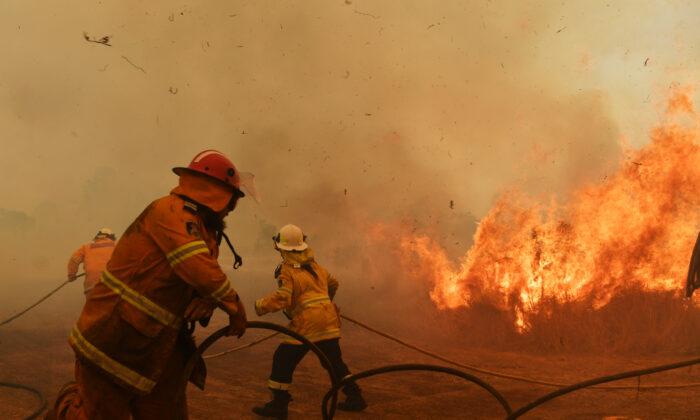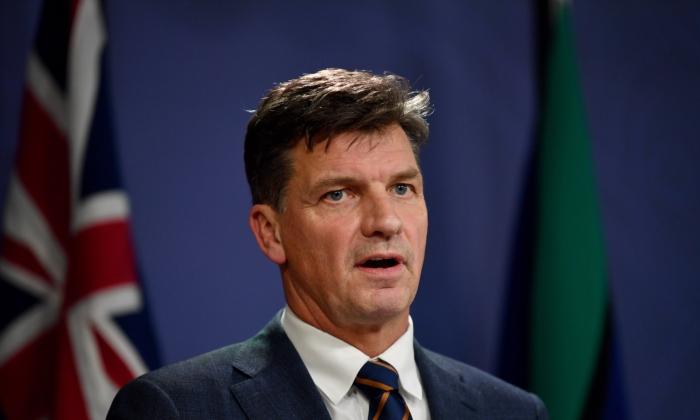A royal commissioner has slammed delays in achieving a clear and nationally consistent bushfire warning system, saying it needs to be in place before the next fire season to address confusion in the community.
Annabelle Bennett says work to fix the national warnings system has been underway since 2016 but is not expected to be in place until 2022.
“I find it breathtaking that it takes so many years to come up with something where you know there’s confusion,” Bennett told NSW and Victorian officials on Wednesday.
“And yet year after year, people are being exposed to natural disasters and fires, in particular, where they have no idea what they’re meant to do under this system.”
Bennett said she did not understand why there was not a sense of urgency in getting the system, which has three levels of alerts, fixed in time for the next bushfire season.
“You—everybody—has had four years to get this going and you’re proposing another two to three years to get it up there.
“We are talking about three sets of words here. We’re not talking about a major treaty between two nations of multi-factorial outcomes.
“What I do not comprehend is how anybody nationally can say that this can wait until 2022.”
A scaled system of warnings—advice, watch and act, and emergency warning—was introduced in all states and territories after Victoria’s 2009 Black Saturday bushfires.
But there are concerns that the alert system does not sufficiently communicate an increasing level of risk, and confusion over what the term watch and act means.
NSW Rural Fire Service commissioner Rob Rogers said it was a complex body of work to get consistency across the country in multi-hazard warnings, not only for bushfires.
Rogers said it was also not a one-size-fits-all situation, particularly at the watch and act level.
“Individuals are in very unique circumstances and even though they’re in the same catchment, their action may be different depending on their particular circumstances, particularly at that middle level. That makes it so much more complex.”
RFS communications director Anthony Clark, who chairs a national warnings working group, said there had been significant work over the past 18 months to drive consistency in terminology, icons, alert levels and the display of information.
Emergency Management Victoria’s operational communications manager Reegan Key expected bushfire agencies would move to adopt the new framework as soon as possible, noting the final community research would be completed within weeks.
There were also concerns with differences between the states’ mobile apps, usage of which jumped during the 2019-20 bushfires, and the timeliness of information.
People living near state borders also had to rely on more than one app.
Rogers rejected the notion that a national all-hazards app would be the “holy grail.”
“We’ve got to look at the millions of people that use these apps, compared to some people that suggest it would be better as a national system, and I just don’t happen to be one of those,” he said.





